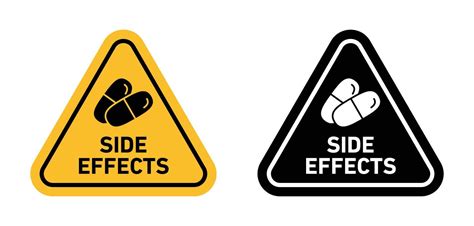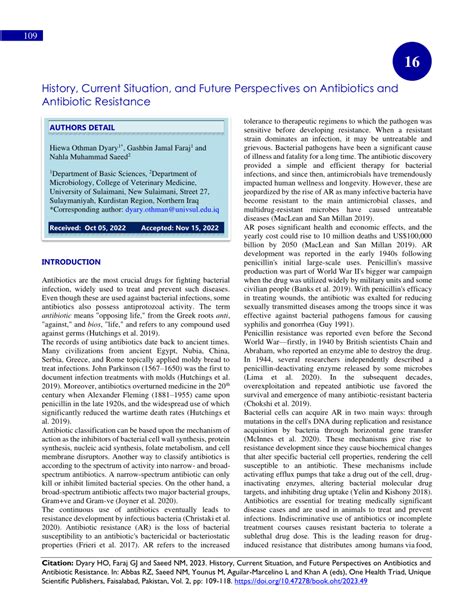Intro
Discover key facts about Amoxicillin, a common antibiotic, including its uses, side effects, and interactions, to understand its role in treating bacterial infections, dosage, and resistance, for informed health decisions.
Amoxicillin is one of the most commonly prescribed antibiotics worldwide, used to treat a wide range of bacterial infections. Its effectiveness and relatively mild side effect profile make it a staple in both human and veterinary medicine. However, there are several key facts about amoxicillin that patients should be aware of to ensure they use it safely and effectively.
The importance of understanding amoxicillin cannot be overstated, given its widespread use. From treating common infections like strep throat and pneumonia to more complex conditions, amoxicillin plays a crucial role in modern healthcare. Its impact on public health is significant, and its proper use is essential to prevent the spread of antibiotic resistance.
As we delve into the world of amoxicillin, it becomes clear that there's more to this antibiotic than meets the eye. From its mechanism of action to potential side effects and interactions, there's a wealth of information that patients and healthcare professionals alike should be familiar with. By exploring these aspects, we can better appreciate the value of amoxicillin in treating bacterial infections and make informed decisions about its use.
Introduction to Amoxicillin

Benefits of Amoxicillin
The benefits of amoxicillin are numerous. It's often prescribed for its ability to treat infections effectively with minimal side effects when used appropriately. Amoxicillin is also relatively inexpensive compared to other antibiotics, making it an accessible treatment option for many patients. Its oral formulation is easy to administer, especially for children, which enhances patient compliance.Working Mechanism of Amoxicillin

Common Uses of Amoxicillin
Amoxicillin is commonly used to treat a variety of infections, including: - Respiratory tract infections like pneumonia and bronchitis - Urinary tract infections - Skin and soft tissue infections - Strep throat and other infections of the throat - Ear and nose infections Its broad-spectrum activity makes it a first-line treatment for many common bacterial infections.Potential Side Effects and Interactions

Precautions and Warnings
Precautions should be taken when prescribing amoxicillin to patients with certain medical conditions, such as kidney disease or mononucleosis. Pregnant or breastfeeding women should only use amoxicillin under medical supervision due to potential risks to the fetus or baby.Dosage and Administration

Resistance and Misuse
The misuse and overuse of amoxicillin contribute to the growing problem of antibiotic resistance. When bacteria develop resistance to amoxicillin, alternative, often more potent antibiotics must be used, which can have more severe side effects. Responsible use of amoxicillin, including completing the full treatment course as prescribed and not sharing antibiotics, is essential to combat resistance.Future Perspectives on Amoxicillin Use

Conclusion and Next Steps
In conclusion, amoxicillin remains a vital tool in the fight against bacterial infections. Its efficacy, safety profile, and accessibility make it a preferred choice for many healthcare providers. However, its use must be balanced with the need to prevent antibiotic resistance. By understanding the benefits, risks, and proper use of amoxicillin, patients and healthcare professionals can work together to ensure this valuable antibiotic remains effective for years to come.What is amoxicillin used for?
+Amoxicillin is used to treat a wide range of bacterial infections, including respiratory tract infections, urinary tract infections, skin and soft tissue infections, and more.
Can I take amoxicillin if I'm allergic to penicillin?
+No, if you have a known allergy to penicillin, you should not take amoxicillin due to the risk of cross-reactivity and severe allergic reactions.
How long does it take for amoxicillin to start working?
+Amoxicillin starts working within a few hours of taking the first dose, but the full effect may take a few days to develop. It's essential to complete the full course of treatment as prescribed.
We hope this comprehensive guide to amoxicillin has provided valuable insights into its use, benefits, and potential risks. If you have any further questions or would like to share your experiences with amoxicillin, please don't hesitate to comment below. Your feedback is invaluable in helping us create more informative content that addresses your concerns and interests. Additionally, if you found this article helpful, consider sharing it with others who might benefit from this information. Together, we can promote responsible antibiotic use and contribute to better public health outcomes.
